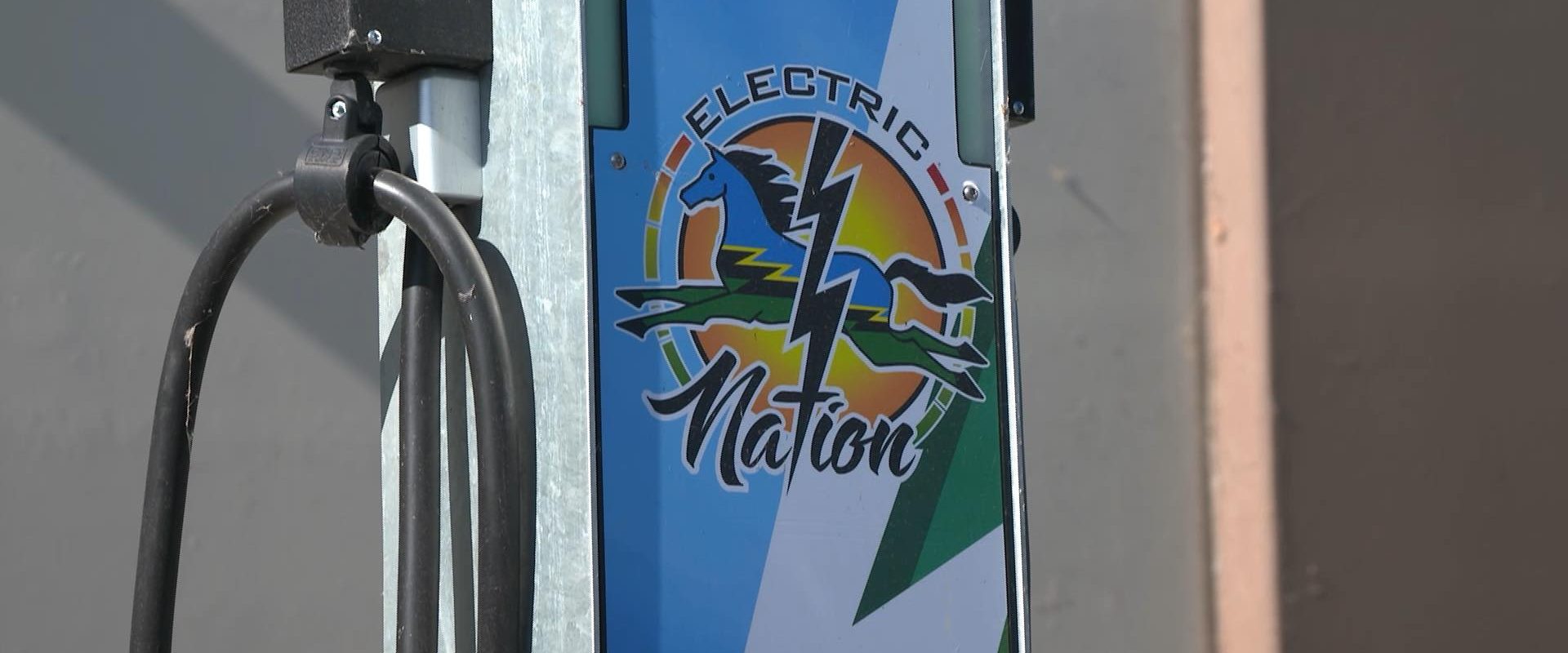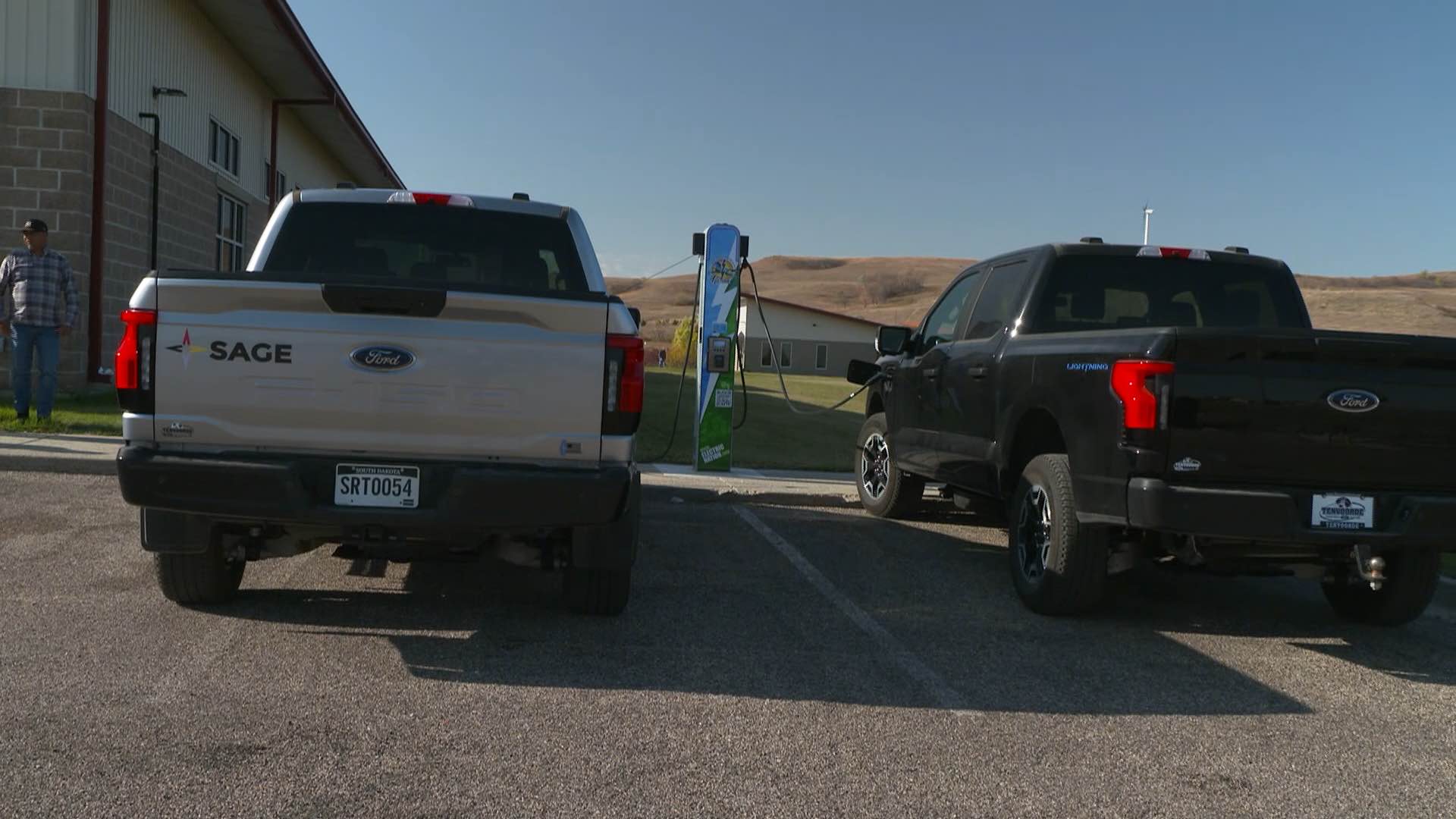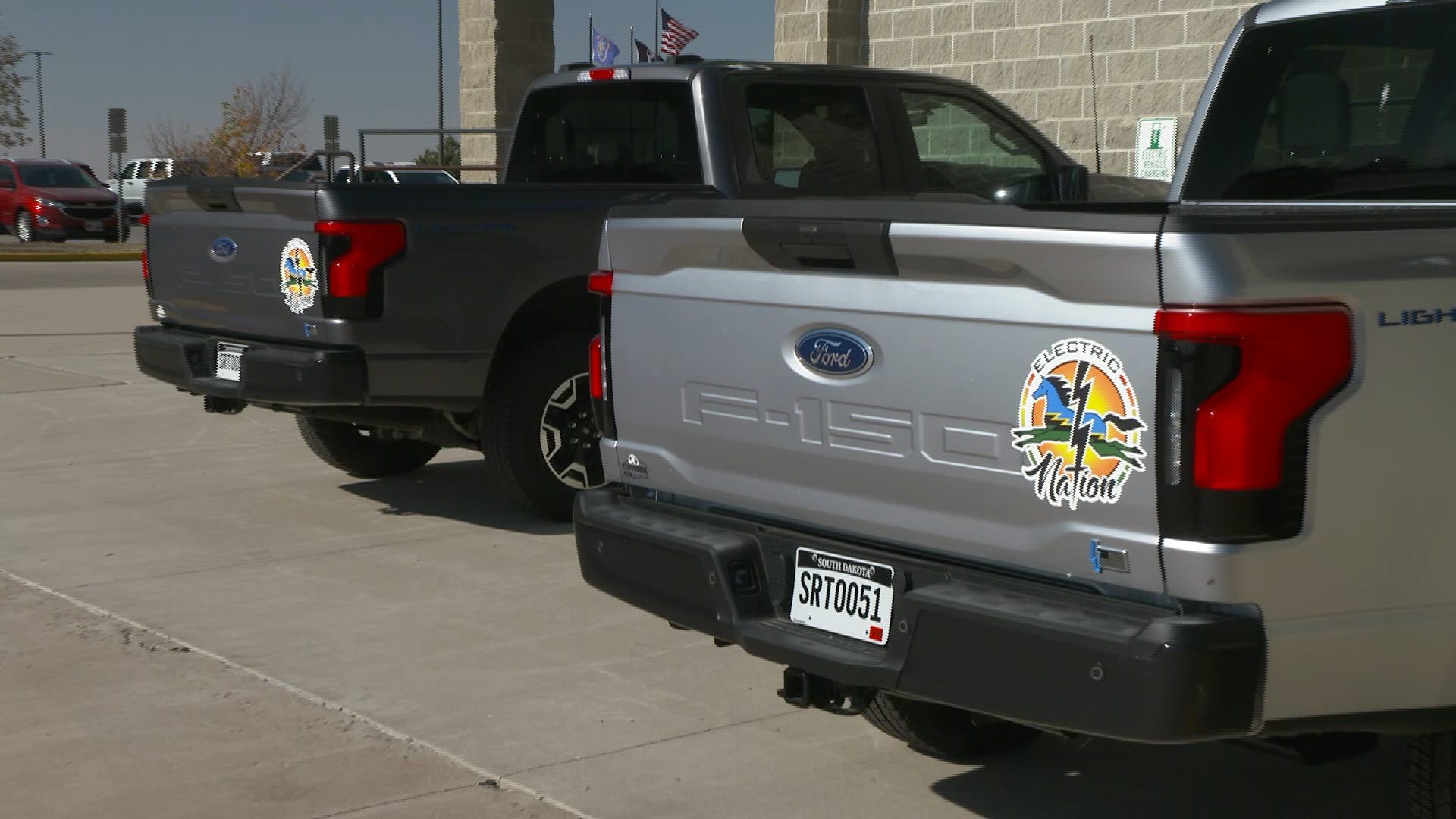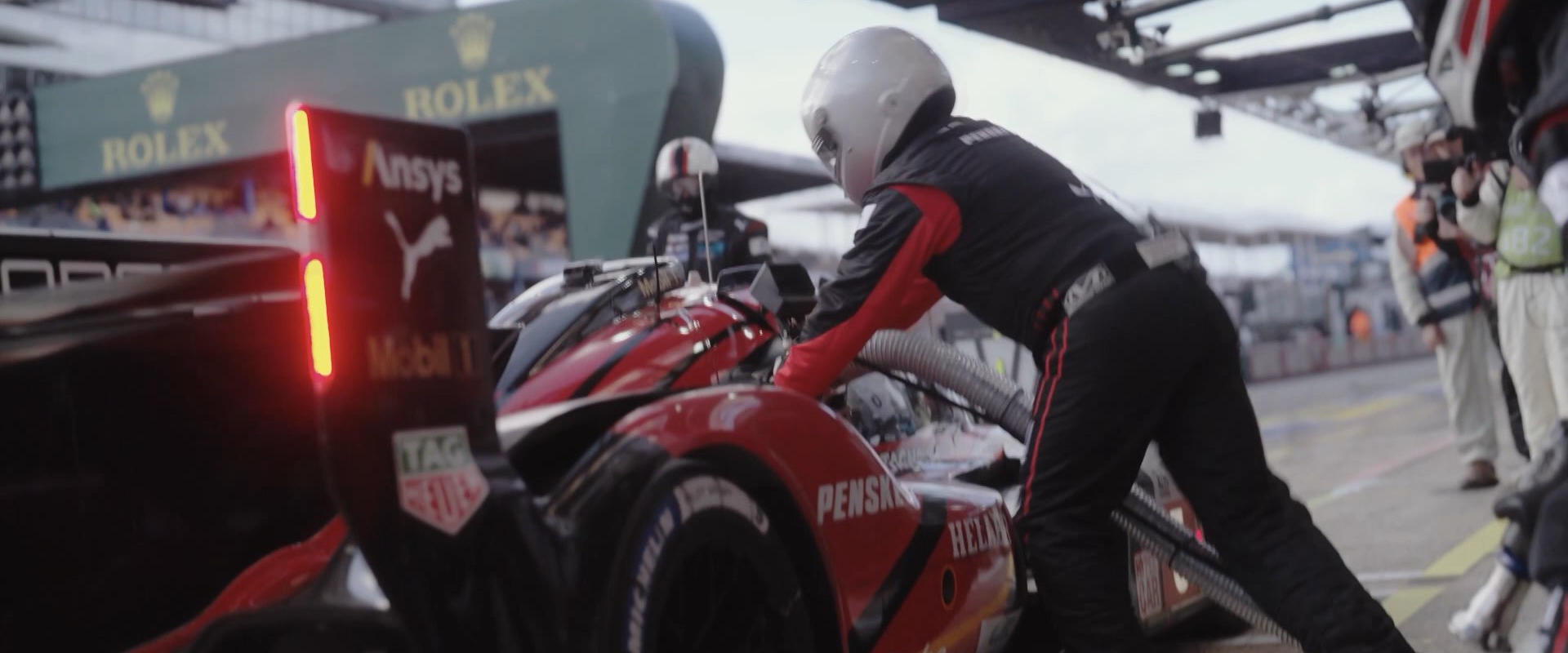2018 Tesla Model 3
Tesla is a car company unlike any other; doing business more like a tech startup than an automotive brand. That’s served them well for their high priced S sedan and X utility. But, things have not gone smoothly for the entry-level Model 3. Still, they are coming out of the factory in decent numbers now, so its high time to find out if it’s a must have gadget, or truly the car of tomorrow…today.
It’s fitting that Tesla chose Model 3 as the name for their entry-level EV, as they are looking to do for battery electric sedans what the BMW 3 Series has done for sport sedans, become the new benchmark for others to follow.
Other than lacking an upper grille slot, the compact Model 3 bares a strong resemblance to the larger Model S. Its slick front end leads to a very big windshield; where the arching roofline flows hatchback-like to a very short rear deck and tall back end.
Body panel fitment is not as great as what you’d find in the typical luxury car, let alone a Hyundai Elantra; but we hear improvements are being made as production continues to ramp up.
 The interior is surprisingly pleasant; new era minimalism at its finest. Just a long linear dash with air vents, a steering wheel with two stalks, and a horizontal touch screen jutting out of that IP. No buttons, dials, knobs, to be found, save for some programmable scroll wheels on the steering wheel.
The interior is surprisingly pleasant; new era minimalism at its finest. Just a long linear dash with air vents, a steering wheel with two stalks, and a horizontal touch screen jutting out of that IP. No buttons, dials, knobs, to be found, save for some programmable scroll wheels on the steering wheel.
All info is displayed on that 15-inch center video panel, and there’s a wealth of it; however, it is fixed and cannot be tilted towards the driver, requiring you to take your eyes off the road a lot. Making things worse, there’s quite often a glare on the screen that keeps you from seeing it clearly.
All seating positions are rather comfortable; and both rear and front trunks offer plenty of space for storage.
On the road, the ride is well composed, with a solidly tight but not jarring ride. It indeed drives much like a European sport sedan.
 Our test car came courtesy of local owner Bill Clarke, and the excellent driving experience is his favorite aspect of the car.
Our test car came courtesy of local owner Bill Clarke, and the excellent driving experience is his favorite aspect of the car.
BILL CLARKE: “The Model 3 is a great vehicle as a driving vehicle; it feels tight, responsive, very powerful. The handling is similar to a BMW in my opinion; I like that nice, tight German feel to a car. The power is almost as much as the Model S that I had previously, so a nice quick responsive car.”
JOHN DAVIS: There is a somewhat noisy rear suspension, mostly noticeable because of the lack of engine noise. But, Bill’s right on; with an output of 271-horsepower the Model 3 is quite fast. A typical 0-60 run takes about 5.0-seconds.
There’s also lots of windshield to look through, giving you a wide angle view of all that lies ahead. And, with our car’s Premium Package, the full length glass roof means everyone on board can sight see.
This rear-driver also had the Long Range battery pack, which is the only one available right now. Tesla doesn’t provide exact specs, but it is rated in the neighborhood of 70-kWh. Base 50-kWh models, as well as twin-motor all-wheel-drive versions, will be added into the production mix later this year.
There’s 310 miles of range with the bigger battery, so we’d go with that. Range for the base model is 220-miles.
 Just as in its larger kin, the Model 3’s charging port is integrated into the driver’s side tail light cluster. Still cool, no matter how many times we see it.
Just as in its larger kin, the Model 3’s charging port is integrated into the driver’s side tail light cluster. Still cool, no matter how many times we see it.
We are definitely not sold however, on the no key aspect. We actually had an app snafu with our test car, and even the backup proximity card wouldn’t let us get the car started quickly.
The government gives the Model 3 MPGe Ratings of 136-City, 123-Highway, and 130-Combined. For a near perfect Energy Impact Score, responsible for just 2/10 of a barrel of oil use annually and zero CO2 emissions.
The $35,000 mass market Model 3 that garnered all of the original hype and down payments has yet to emerge. Only the bigger battery model is available right now. That means with other extras like the Premium Package and Auto Pilot, this “3” can easily top $50,000. So, it’s still mostly an early adopter proposition.
Still, the 2018 Tesla Model 3 is the best convergence of high technology and the practical automobile that we’ve yet seen. And, it does drive great! Yet, it remains to be seen if it truly is the game changing car of the future. But, one thing is for sure; it is here right now, and will be the populous EV benchmark for years to come.
Electric Nation
Electric vehicle charging is now readily available in most areas of the country and along major travel routes, but many smaller communities find themselves behind the clean energy curve when it comes to EV infrastructure. Well, here’s a look at one group that’s banding together to help create an electric nation.
The upper Midwest inter-tribal EV charging community network, which the project team named Electric Nation, is an EV infrastructure project serving tribal members on 23 Native American reservations across five states. Aided by U.S. Department of Energy funding, this public-private partnership will introduce 60 level 2 chargers, along with 19 light- and medium-duty plug-in electric vehicles, directly into these communities, empowering them to expand their fuel diversity and reduce greenhouse gas emissions.
ROBERT BLAKE: It always seems that these communities are always last to receive this type of investment. How do rural communities participate in this energy transition? Well, this is a perfect opportunity for rural communities to be a part of that transition.
JOHN DAVIS: Electric Nation chose their plug-in vehicles carefully, closely matching each one’s range and capabilities to their intended use. Sitting Bull College, in the Standing Rock nation of North Dakota, uses this Ford E-Transit to shuttle students between campus and local destinations. Traveling about 140 miles daily closely matches the van’s range, and allows it to recharge fully overnight.
Two new electric school buses will clear the air for Red Lake, Minnesota students, who often spend hours aboard for their daily school commutes. This family and child services office in Red Lake nation is now using electric vehicles to transport individuals around the region for appointments, and deliver meals to elder residents. Boosting economic development for these traditionally disadvantaged areas is equally important.
Vehicles and chargers deployed at key businesses like the Red Lake fishery, trading post and even a buffalo farm, will enable them to stay competitive by reducing fuel costs and to work clean at the same time. Miles and miles of gravel farm roads are the norm around these parts, so the F-150 Lightning will be especially useful here.
The Electric Nation project is building on the idea of the National Alternative Fuel Corridors, where designated highways, now covering parts of all 50 states, are populated with EV chargers, and clean fuel stations for natural gas, propane and hydrogen.
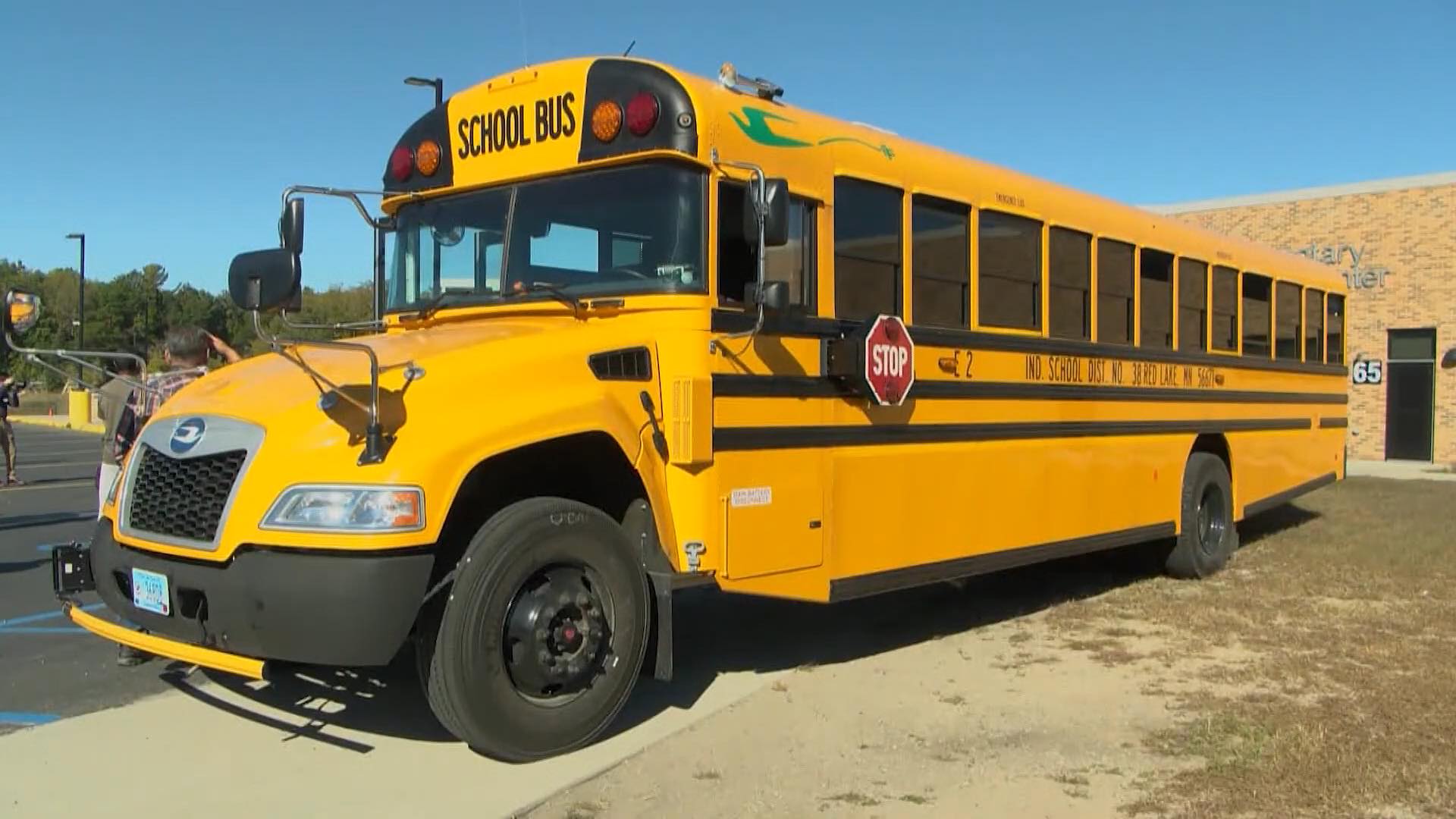
Linking the tribal lands across this vast midwestern landscape will be 55 DC fast chargers on popular travel corridors and along tourist routes like the Native American Scenic Byway in South Dakota, and at several tribal casinos.
ROBERT BLAKE: A lot of tribal nations, through our cultural teachings, have a connection to the planet and to the environment, and so being able to reduce our need for fossil fuels is something that speaks to our cultural heritage.
JOHN DAVIS: The Electric Nation project is analyzing how these electric vehicles perform, especially in extreme cold weather, and includes EV education, outreach and engagement so that the successes here can be replicated in other parts of the country.
It seems only fitting that those with the longest ties to our natural history are taking the biggest strides towards a clean future.
Sustainable Endurance at Le Mans
The race to the checkered flag at the 24 Hours of Le Mans is one of the most difficult challenges in all of motorsports. The incredible merging of skill, effort, engineering, weather and luck needed to succeed there, is mind-boggling. But now, in a world ever-mindful of environmental impacts, these racers now face another enormous challenge.
Every year in the month of June, the small town of Le Mans, France transforms into a motorsports mecca. For the 2024 edition, more than 239,000 race fans converged from all over the world, eager to cheer on their favorite teams. They stood 10-deep to watch the drivers parade through town. They flooded merchandise shops, clogged the fan zones and paddocks, filled the grandstands to capacity, and camped out to claim prime viewing spots along the 8-mile public road circuit. Through sun and rain and dark of night, this iconic 24-hour race is filled with high-speed drama, tragedy, strategy, and adrenaline. The sheer spectacle of it all is mesmerizing.
Le Mans is the ultimate durability test for driver and machine, as both must perform at their best for an entire trip around the clock. But in the light of worldwide concern for the environment, that same clock is ticking for motorsports to clean up its act.

Many outsiders view racing as a waste of resources, a frivolous pursuit of ego at the expense of eco. The old adage “win on Sunday, sell on Monday” still holds true, but the extreme conditions of competition have always served as a testing ground and accelerator for technological development, and that now includes sustainability. More than ever, that’s what drives car sales.
In fact, wide-sweeping changes are taking place in all forms of motorsport. Race organizers here and around the world have set a goal of achieving carbon neutrality by 2030, with the aim of reducing race-related emissions by 30%. The World Endurance challenge series, which includes the 24 Hours of Le Mans, now runs on 100% renewable fuel. Known as Excellium Racing 100, this biofuel is derived from grape residue. Leave it to the French to run race cars on wine!
Michelin has developed a tire composed of 71% biosourced materials, currently being tested on prototype race cars. The FIA sanctioning body issues three levels of sustainability accreditation, as a way for teams, suppliers and race venues to measure and enhance their environmental commitments. The sustainable endurance award was created in 2021 to encourage positive innovation, social engagement and low carbon impact. Since 2023, all teams racing in the 24 Hours of Le Mans are required to compete for this trophy.
Penske Porsche Racing won that honor in 2023 with their racing for charity initiative, and was again challenging in 2024, donating 750 euros for each lap completed to provide medical procedures for disadvantaged children.
The fully-electric Formula E series is maturing into a competitive and viable platform, and now even NASCAR is exploring an EV racer class. 2025 will see the debut of Extreme H, the world’s first hydrogen-fueled race series. Meanwhile, Toyota and others have announced plans to compete with hydrogen-powered cars at Le Mans as early as 2027.
And fans can get in on the green act too, earning 10% off ticket prices and other incentives by taking mass transit, bicycles or low-emission cars to the Le Mans circuit. All of these efforts will have a positive environmental impact, while ensuring the thrill of clean competition will endure for years to come.







